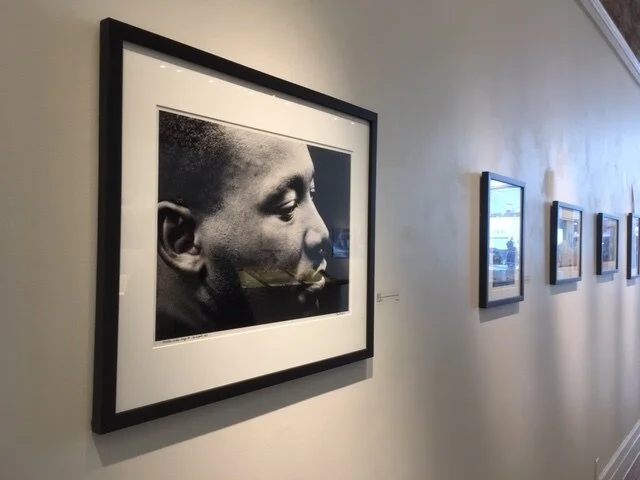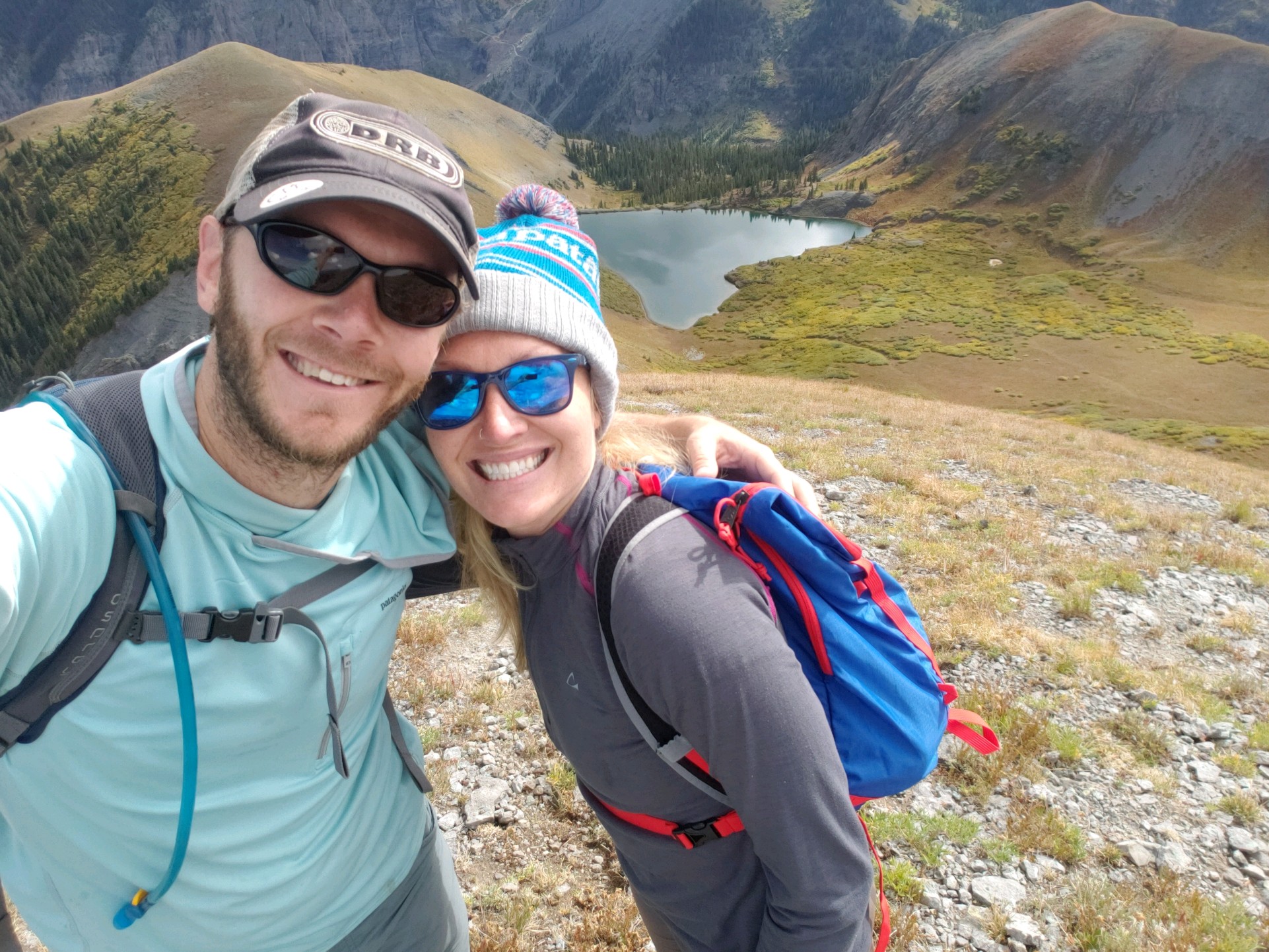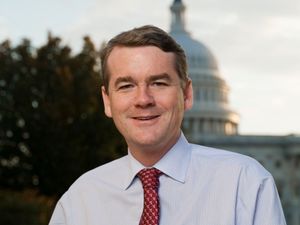In December 2018, Diego Hernández was coming out of the courthouse building in Telluride after running an errand.
“As I left there was a man near the benches by the bus stop…”
Hernández says the man asked him for his name. Three other men came up to him and asked if he had documentation to show legal status in the U.S.
“I told them ‘no’, but I had a pending case for a U Visa, and I had those documents in my backpack.”
According to Hernández, whose name has been changed for the purposes of this story, the officers didn’t give him the time to show his visa paperwork. They asked him if he had any weapons or drugs on him, he said “no”, and they handcuffed him and put him in the back of a van.
Hernández says he has no criminal record.
Immigration and Customs Enforcement officials in Colorado, say they aren’t allowed to comment on a specific case without a signed privacy waiver from a detainee. Hernández declined to sign the waiver but ICE officials say with their “finite resources” they focus arrests and detentions on those who pose a threat to the community or are national security threats. But they add that it’s their duty to “carry out the arrest, detention, and removal” of any person in the U.S. without proper documentation.
According to Nelly García, Hernández’ story is not surprising. García is the Western Slope Organizer for the Colorado Immigrant Rights Coalition – a statewide non-profit organization aimed at improving the lives of immigrants and refugees in Colorado. She’s based in Grand Junction and says in the past few years on the Western Slope they’ve seen an increase of people getting detained regardless of their criminal record.
“Back ten years ago we didn’t see ICE in Grand Junction, and especially in rural areas, it’s really scary especially because ICE, they’re not following the procedures they’re supposed to be following. Again, they’re detaining people with no warrant, and then they’re not making sure that they’re not criminals, they don’t have any criminal record. They just suspect that they’re undocumented and taking them. So it’s been quite a change.”
Claudia Garcia-Curzio, a DACA recipient and member of the Latino Advocacy Committee in Telluride, agrees with Garcia.
“ICE does come to town, frequently, which is scary. And by law they’re not supposed to profile.”
She says LAC works with people so they know their rights if they encounter ICE.
According to members of the Latino Advocacy Committee, in Telluride, ICE often approaches people in front of the Court House.
Hernández was born in Mexico. He moved to Telluride when he was 25, that was 15 years ago. At first he would come and go during the off seasons. Hernández says the moment he moved here he started working on assimilating. He took classes to learn English. He filed his taxes. He says he did everything he could to be part of the community. Once his son was born, he and his wife made Telluride their home full time.
On the day he was arrested, he says he dropped his son off at school, and told him he’d pick him up at the end of the day. But he never made it. Instead, Hernández was taken into custody. He says he was put in a van and ICE officers took him to Grand Junction. There, he says the officers took his fingerprints and interviewed him about his past.
“Afterwards I waited until 11 at night and they loaded two of us into a van, me and another man they had arrested in Montrose. They put the same cuffs around our ankles, waist and wrists and loaded us into an old, ugly van with a driver and another guard.”
From there Hernández says he and the other man were taken to the detention center in Denver. He describes the processing center – the place he was kept before going to the detention center – like a maximum security prison.
“We were completely alone in a small cell with no contact with anyone. There was a small sink, a toilet, and a table with two chairs. If we needed anything or asked any questions they spoke to us through the door as if we were criminals…During my time there, right hand to God, I have never been through anything like that in my entire life.”
Once in the detention facility Hernández says he was held with around 80 other detainees, split into cells with four people each. He says they were allowed outside for a short time each day.
“Most of the time we sat crowded watching television waiting for the time to pass or for the next meal time.”
Hernández also recounts helping other detainees get the medical care they needed. He says unless you spoke English it was hard to get medical attention.
Reporting in recent months from multiple news outlets has also raised questions about the quality of medical care provided at the detention center in Denver, including the death of a detainee at the center in 2017.
According to ICE officials, ICE takes “the health, safety, and welfare” of detainees seriously.
After three weeks at the detention center in Denver, Hernández was released on bond. He’s back in Telluride with his family, but says the experience has changed his experience in the community.
Organizer Nelly García says the fear of detention can have broader impacts on a community, including underreporting crime. She says it’s important for the immigrant community to start building trust with local law enforcement.
“We’ve been working with a lot of sheriffs in the area. We had a meeting with the Montrose Sheriff and he assured us that he’s not working with ICE and he’s not sharing information, and that they don’t want to work with them because it breaks the trust between the community and them. So we’re having those improvements where our local police don’t want to have anything to do with immigration, with ICE.”
Claudia Gracia-Curzio says locally, Telluride is working to be more open about conversations surrounding immigration.
“I think more people are reaching out, and I’ve even worked in the courts and with the DA, can we do a call in instead of having the fear of coming into the courts. I feel like we’ve opened the door in terms of conversations that I don’t feel shy or scared to ask these questions.”
But Garcia-Curzio says that’s not always enough.
“We’ve worked through a lot of things; we’re still working on them. But I don’t think the fear is ever going to go away.”
In 2018, ICE arrested over 400,000 people in the U.S. and deported over half of those arrested. Around 6,000 of those arrests happened in Colorado. From January to March of 2019, ICE and Custom and Border Patrol arrested over 60,000 people across the United States.


























